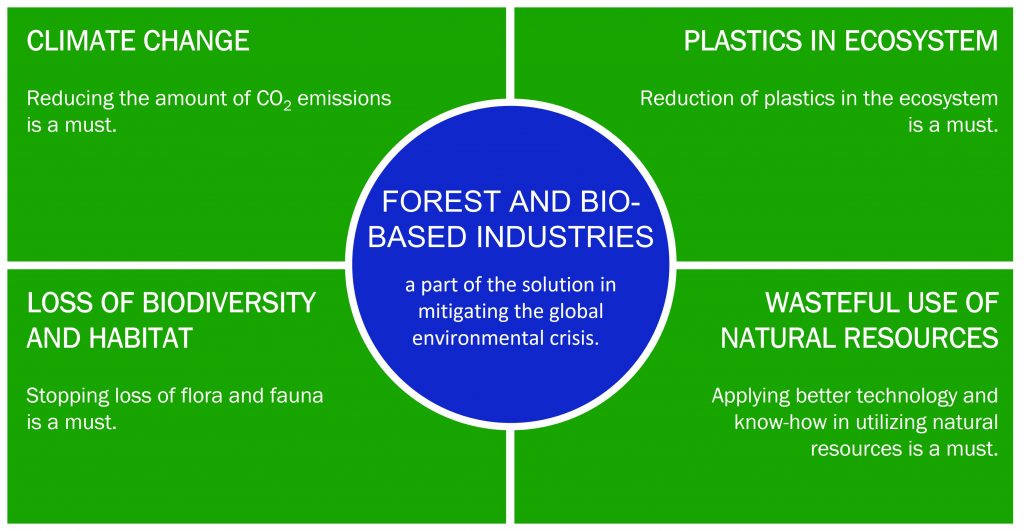FOREST AND BIO-BASED INDUSTRIES – a part of the solution in mitigating the global environmental crisis
Three significant documents were released in the summer of 2021; The EU climate Package, The EU Forestry Strategy and the IPCC climate report. The message is consistent. We are receiving the most serious warning that immediate action is required to avoid huge environmental catastrophes on our planet. In this complicated challenge the Forest and bio-based industries can play an important part of the solution.
(Author: Rainer Häggblom, Chairman, Vision Hunters)
In this posting we will be looking at the challenges primarily from a European perspective, and from the Forest and bio-based industry standpoint. To begin tackling these challenges, one must first understand four major, interconnected issues:
- Climate change
- Plastics in the ecosystem
- Loss of biodiversity and habitat
- Wasteful use of natural resources
1. Climate change
We need to be able to solve the problem of climate change and reach net zero CO2 missions. This is an undeniable fact, agreed by scientists all over the world.
We need to move away from using fossil raw materials, especially in energy production. There is no shortage of fossil-free energy in the world. It is a resource that is abundant. However, our technological capability for recovering, storing, and distributing this abundant supply, is still sadly underdeveloped.
Before we started waking up to the global warming problem, humanity had succeeded in destroying and wasting massive amounts of natural resources and transforming them into carbon dioxide. In addition to doing so with non-renewable fossil deposits in a very large scale, we have burned forests, neglected reforestation and forest management, and have used polluting technology. However, revival is taking place.
Regulations are pushing – however Capital Markets are the real gamechanger
Regulations are pushing things in the right direction and people’s consumption habits are taking steps of improvement, however the real big push for reducing CO2 emissions comes from the capital markets. Capital markets have already changed their “consumer behaviour” – by directing funds to technologically advanced industries that provide and create solutions to these issues. Capital markets are prepared to lower their return-on-investment targets for these types of investments and are taking ESG matters very seriously. We have witnessed these changes in capital movements in a very positive way in our industry. A growing share of capital is allocated into modern, technologically advanced, and sustainable forest and bio-based industries.
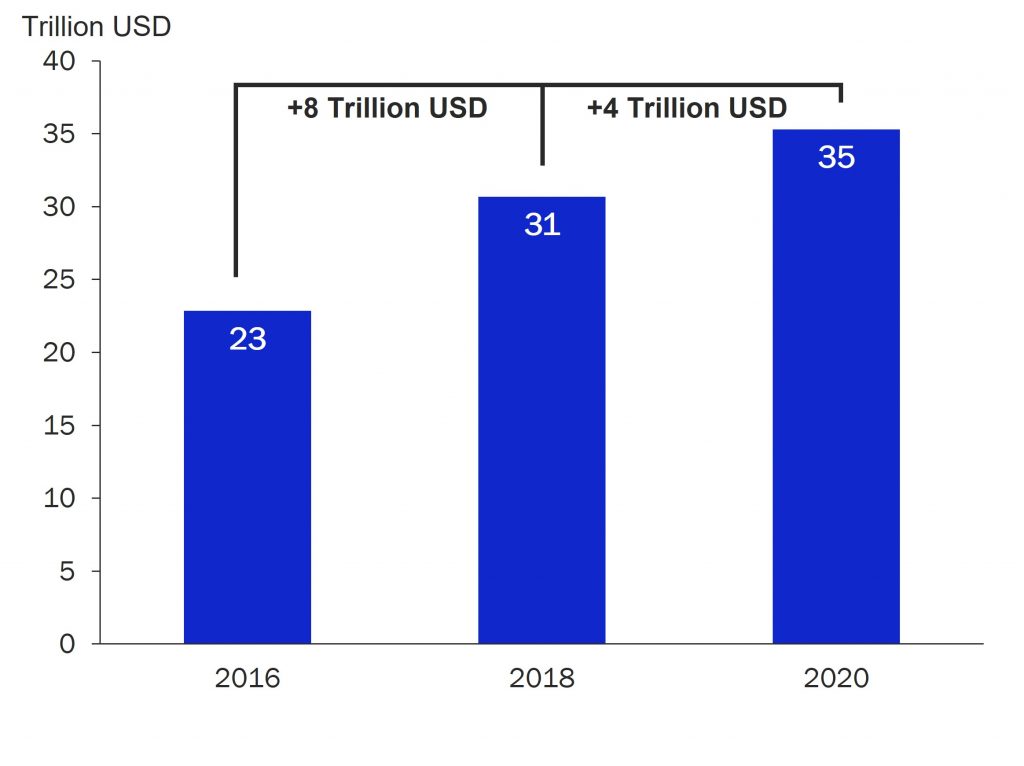
Forest industry provides sustainable alternatives, beyond fossils
Forest industry is in the forefront of bringing solutions to reducing CO2 emissions. It provides a variety of fossil-free end products, alternatives based on renewable and recyclable wood.
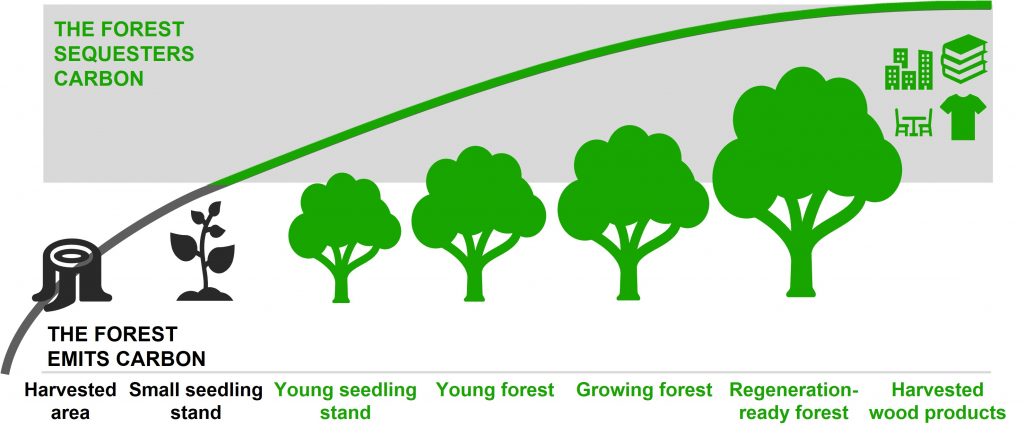
The carbon stored in the forest industry end products is something that should not be underestimated, as it is an important part of the entire value chain. At the same time as carbon is sequestered in the value chain, the aim is to keep commercial forests in healthy and good condition, so that they have an optimal ability to sequester and store carbon. The volume of wood in European forests has grown by 50% since the year 1990, while fellings and forested area have also increased at the same time.
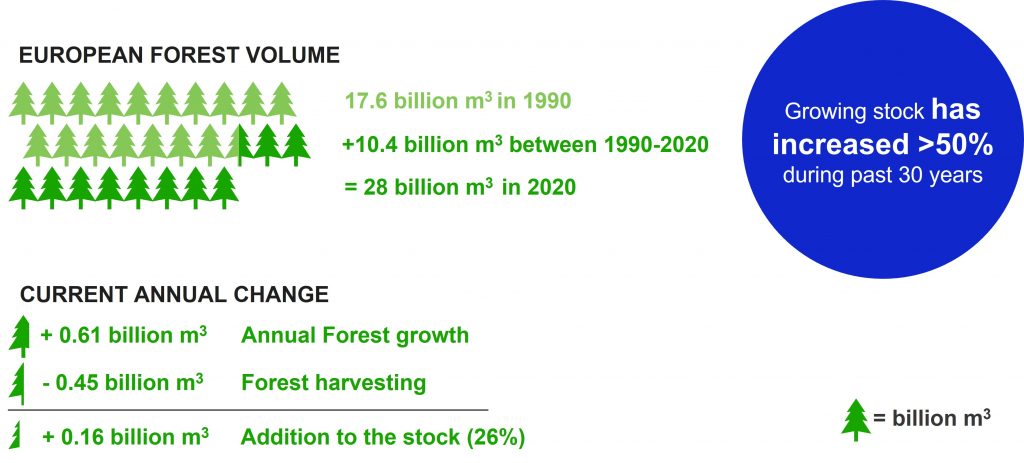
In Europe, carbon stored in the biomass was 13,420 Mt in 2020, increased by 50% during past 30 years. Old forests have an important role in promoting environmental sustainability and biodiversity, but in climate context, active forest management is required to prevent saturation of carbon sinks due to ageing forests.
Going forward, technological advancements and innovation in new bio-based products will allow us to achieve even greater resource efficiency and provide additional alternatives to fossil-based products. For example, in the construction industry, forest products have already proven to be a superior option in replacing traditional construction materials. There is ongoing demand to innovative products from forests that store carbon and substitute polluting alternatives.
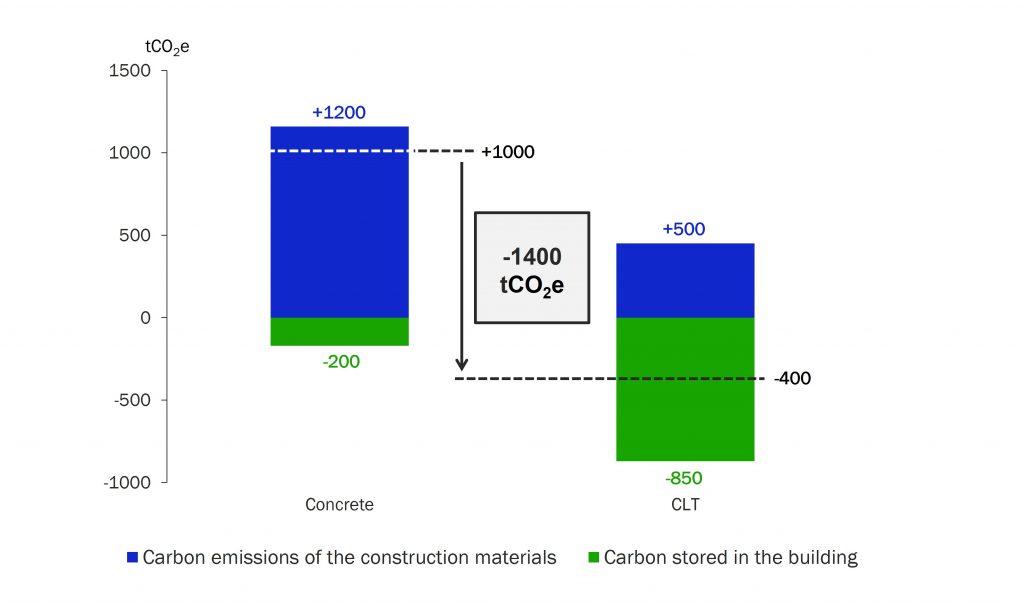
Mitigating climate change requires new innovative products from forests that store carbon and substitute polluting alternatives.

2. Plastics in the ecosystem
We need to solve the plastic pollution problem. The awareness of the problem’s extent is relatively new, and hence its scale is still not fully understood. Microplastics are and can go everywhere. There is also evidence that microplastics are significantly harmful to human health by e.g., increasing the likelihood of cancer and autoimmune diseases.
The forest industry is a part of the solution for the plastics problem
To replace plastics and fight the microparticle pollution problem, we continuously develop alternative fibre-based products. For example, the new lightweight fibre-based packaging products have advanced functional characteristics that enable plastic substitution in several end-uses such as in demanding food and pharma applications in form of films and pouches. Cellulosic fibres, including rayon, modal and lyocell, provide a solution to reducing the streams of microplastics derived from textiles. Also new emerging man-made fibers based on recycled textiles are entering the markets. The growth potential of these kinds of solutions is considerable.
Despite the fact that some fibre-based items, such as those for various packaging end-uses, have a relatively short lifespan, they are still part of the solution in replacing plastics and reducing the vast ecological plastics problem.
There are a lot of open questions about plastics that require technological innovation
However, the undeniable facts remain. There is not enough fibre in the world to replace all plastics. We need to drastically improve recovery and recycling of plastics. At present, the recycling rate of plastics in the EU is in the ballpoint of 33%, compared to around 70% for paper and board. The EU target is to reach a 50% recycling rate for plastics by 2025, making it a forerunner compared to other regions. Yet, too large a share still ends up in landfills, or worse, in the marine or terrestrial ecosystem.
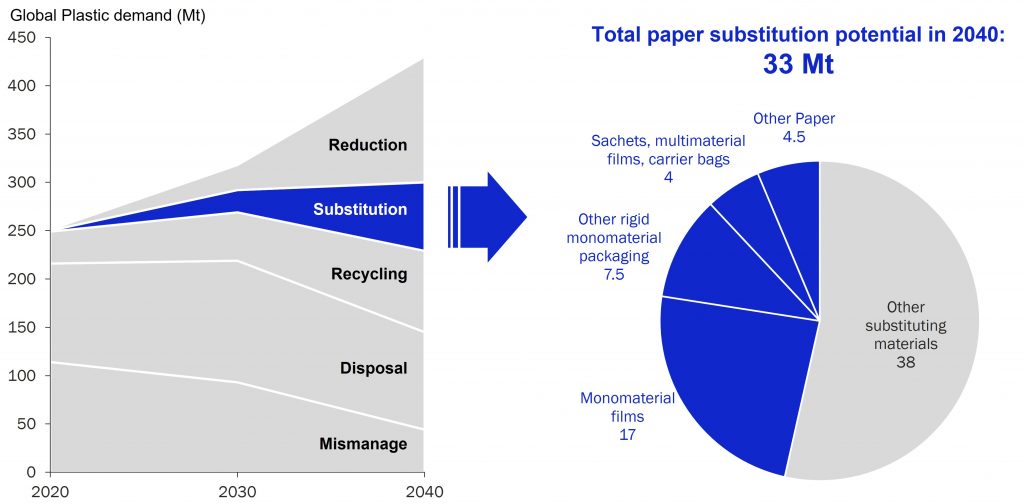
Plastics are useful, but they are also creating serious ecological concerns. Most of the solutions to the plastics problem must come from within the plastics industry itself. Companies across the plastics value chain will have to commit to the circular economy transition: increasing innovation and investment at all stages, from designing for recycling to modernizing recycling infrastructure. The problem of plastic recycling is multifaceted, and there is no one-size-fits-all answer.
Poor packaging is the worst scenario
Replacing plastics is also in some cases a quality concern, and the functionality of the replacing materials must be appropriate. When it comes to packaging, poor packaging can lead to significant CO2 emissions. If a product within the package is destroyed, whether it is food or a commodity, all that has been invested in the product’s creation becomes emissions – whatever the material of the packaging itself is.
3. Loss of Biodiversity and Habitat
We need to find ways to improve biodiversity and reverse loss of habitat.
There is no disagreement on this issue. In forestry this has been recognized already decades ago, with some promising results for example in Finland. Further steps in the right direction must however constantly be taken.
Even though in economic use, forestry has been the best at conserving biodiversity of all the habitats used by man. In forestry, we have a solid foundation to build on.
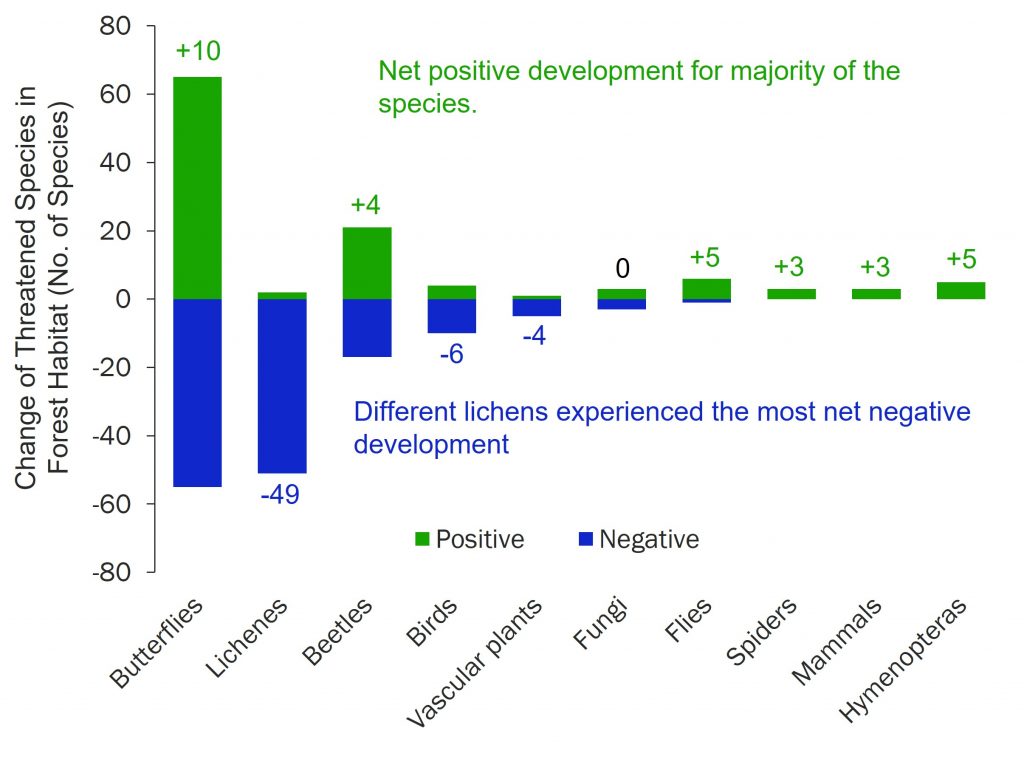
Different forms of forest management are needed
There is a lot of discussion in Europe around forestry practices and especially around clear cutting of forests. This debate should not be based on biodiversity protection.
Different types of forest management approaches suitable for the natural regeneration of various tree species must be allowed. Continuous cultivation of forests is not the only acceptable way to regenerate forests. It is not even nature’s own method of renewal, as nature makes clear cutting using its own tools, such as storms and forest fires. Clear cutting has not only an economic significance, but when done correctly, it can have a positive effect on the diversity. It enables replacement of grasslands that have been eroded by agriculture and provides favorable growing conditions as an example for moles and mice and food for the birds and mammals that eat them. This requires, of course, that clear cuttings are done correctly and on a small enough scale.
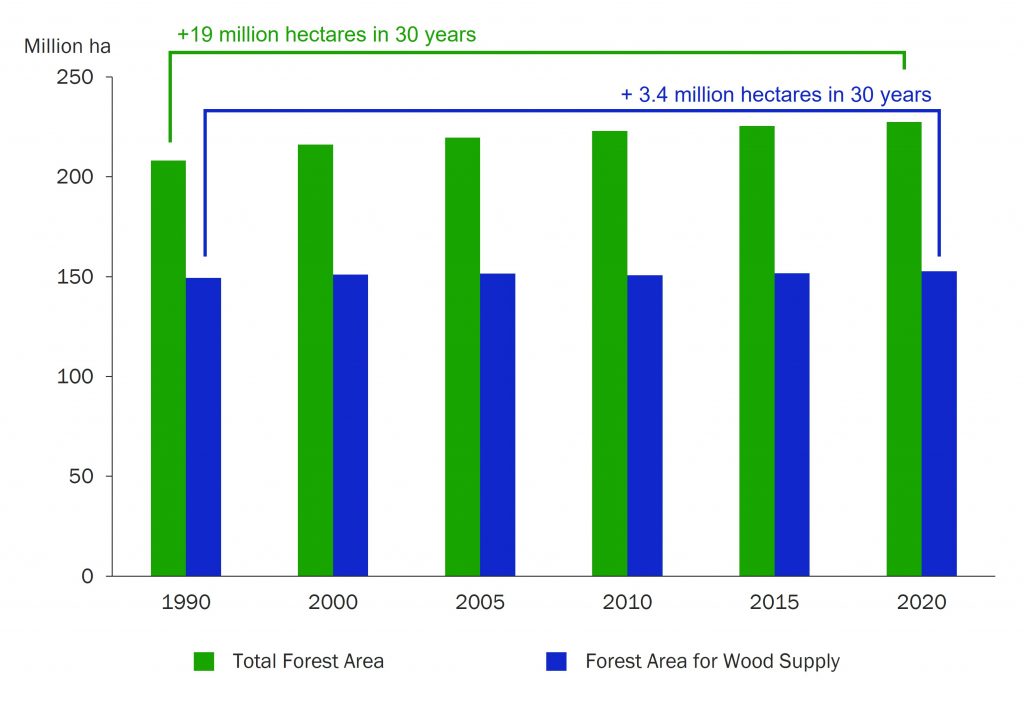
The solution to the loss of biodiversity is not to ban clear cutting, or to decide that some other forest management practices are better. Clear cutting is suitable for some places and, for example, continuous cultivation for others. It should also be considered that if clear cutting would be reduced, the size of the forest areas to be treated would increase, thus making it more disturbing to nature based on the size of the area alone.
There is still room for improvement in forest management practices
We should better promote regeneration of mixed forest, have a diversity of species, leave decaying trees, shrub-tree clusters as game refuges and so on. One proven solution is to create forest management biodiversity programs to improve practices. For example, biodiversity programs can be created for selected target species, which are then implemented alongside with other forest management practices. There are already several protection programs of this type, involving both, forest companies and nature conservation bodies. An example of a successful programme is the saving of the white-backed woodpecker from the brink of extinction in Finland. Sparing birches and other deciduous trees in Finland’s conifer-dominated forests and leaving deadwood on felling sites has helped to raise the amount of nesting pairs from around 30 to some 320–380 pairs in 2019.
Thanks to winter feeding and new forest management instructions by WWF, UPM, Metsähallitus (who manages state-owned lands and waters all over Finland), and the Finnish Environment Institute SYKE, the life of the white-backed woodpecker has improved a great deal. Around 30 years ago the white-backed woodpecker was one of Finland’s most endangered forest birds, whose population was estimated to be only 30 pairs.
Loss of biodiversity must be considered holistically
Habitat loss needs to be assessed and understood on a global scale and the reasons why some species are disappearing or declining need to be seen holistically. Agriculture plays a major role in the depletion of forest species. As a form of land use, agriculture is very intensive, and in addition uses a lot of pesticides causing insects to disappear. We have several species of forest birds that cannot find insects because of the sharp decline resulting from agriculture. When we assess diversity and biodiversity loss in forests, we must take an umbrella view in habitats, also other than forests and outside the national borders.
No matter how diverse forests we have in Kainuu, Finland, for example, the Rustic Bunting does not nest there if it is first captured or killed during its migratory journey somewhere else in the world or if the wetlands where birds overwinter are destroyed. Habitat loss needs to be assessed and understood on a global scale and the reasons why some species are disappearing or declining need to be seen holistically. The focus of conserving biodiversity has shifted to the conservation of functionalities of ecosystem rather than protecting individual endangered species only. This rather recent shift is also well in line with the principles of sustainable forest management. The forest sector welcomes it.
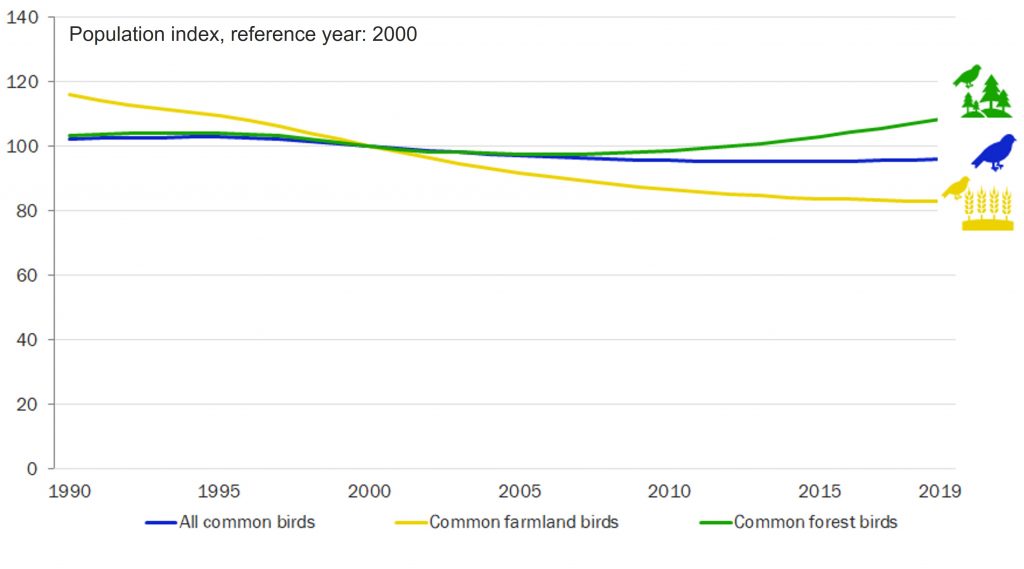
Managing forests must be based on a good knowledge of how forest diversity can be increased through forest management. In addition, science-based knowledge of best forest management practices is needed and should be shared with forest owners, who ultimate are the decision makers.
Forest revenue is critical for all forest operations, including forestry’s ecological sustainability. For this is the money used to fund nature management.
4. Wasteful use of natural resources
We need to further improve the efficiency in using raw materials, recover them more accurately, and recycle them more efficiently.
Technological development makes it possible for us to create more from less. The efficient use of natural resources requires a combination of technology, know-how and education – these all play a major role.
The forest industry is not part of the problem, but a part of the solution
Modern forest industry pulp mills, i.e., biorefineries, are able recover and better utilize side streams and by-products of the pulping process, which currently are largely burned. Combustion is efficient for production of electricity and heat, but lignin and hemicellulose can be made into much more valuable raw materials to replace fossil-based products.
The forest and bio-based industries are high on the list of industries that can provide solutions for cutting our CO2 emissions. But it is not indifferent at all where these industries are located.
The modern forest industry in for example Finland, Sweden, or Germany vs. the obsolete forest industry, which is the average in many other locations, are completely different matters. These countries use more advanced technology, are much more resource efficient, and are constantly developing their technologies for more efficient raw material recovery. They are also investing in development work to increase the end-product lifetimes and recycling properties to reduce consumption of natural resources.
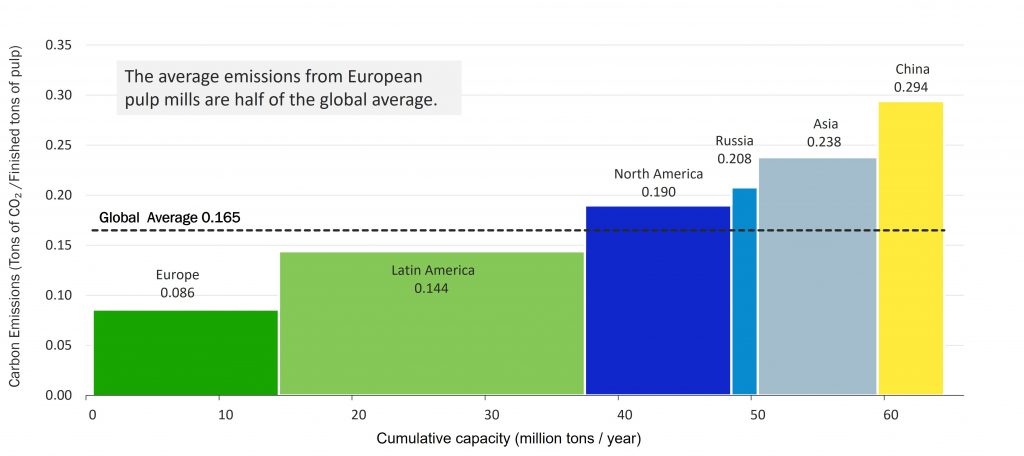
Using all parts of the tree more efficiently
The current discussion of the lifetime of forest products, is a bit of a misleading debate. It goes without saying that our forest that can’t just grow logs to make houses and furniture. There is always a top in a tree, no one has yet invented a tree with no top. Also the chips and saw dust generated at saw mills are utilized either for pulp production or as biofuel.
We must be resource efficient and use all the material that a felled tree gives us, in addition to the logs. We need to recover all parts of the rest of the tree and turn it to other products such as pulp and lignin-based products. Pulp and the by-products of the pulping process are just intermediate products, to be further processed to a variety of end-products that can replace fossil-based alternatives. End-uses are many, for example textiles, cosmetics, pharmaceuticals, or even LCD screens.
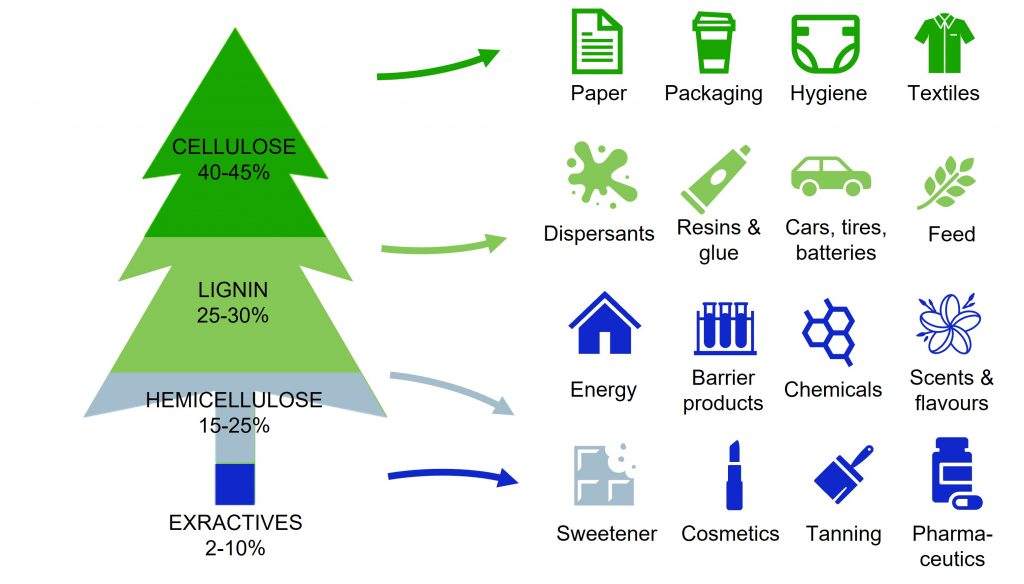
We need to review the use of resources across value chains, for example by reducing over packaging and material weights. The lighter and more durable a packaging is, the less it consumes natural resources. Forest industry has been striving for material efficiency for long. A good example are corrugated boxes, which are mainly being used in e-commerce. The basis weight has constantly decreased, and a similar development is expected to continue.
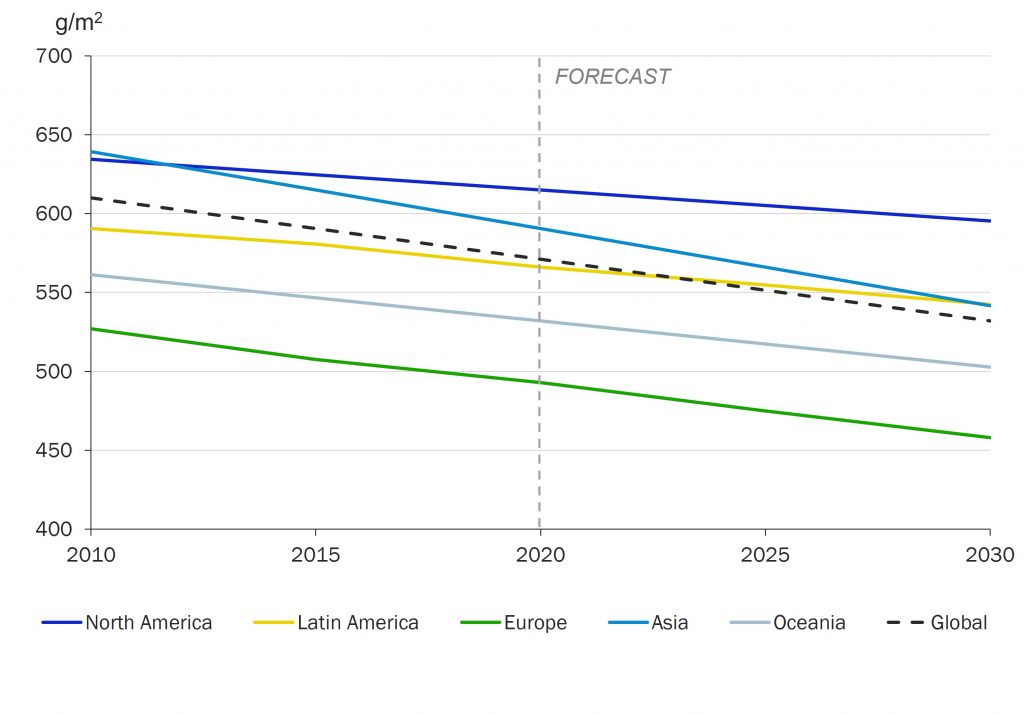
Why can forest industry have an essential role in fighting the global environmental crisis?
We have received the most serious warning that immediate action is required to avoid massive environmental catastrophes on our planet.
Forest and bio-based businesses are, without a doubt, among the most important industries for mitigating climate change, combating biodiversity loss and rising pollution, and in reducing wasteful use of natural resources.
Our position is unique. Our industry is working with a diverse renewable raw material, that offers limitless options for reducing emissions by substituting fossil alternatives.
We have the opportunity, but also the obligation, to continue investing and pushing sustainable forest management practices, and product innovation in order to be at the forefront of providing environmentally sounder solutions.
On the author: Rainer Häggblom, Partner & Chairman. Rainer has supervised major M&A, post-merger integration and organizational and strategic development assignments in the forest products and energy industries in North America, Europe, Asia and Latin-America. He has conducted large number of strategy, investment planning and M&A assignments in more than 50 countries in forest industry. He holds several board positions globally.
Vision Hunters provides strategic advisory services for the forest and bio-based industries, and energy sectors. We assist leadership teams in making the smartest strategic choices to improve the outcome of their company in the future. We are highly experienced and result-oriented and have advised many of the leading companies in our industry.
